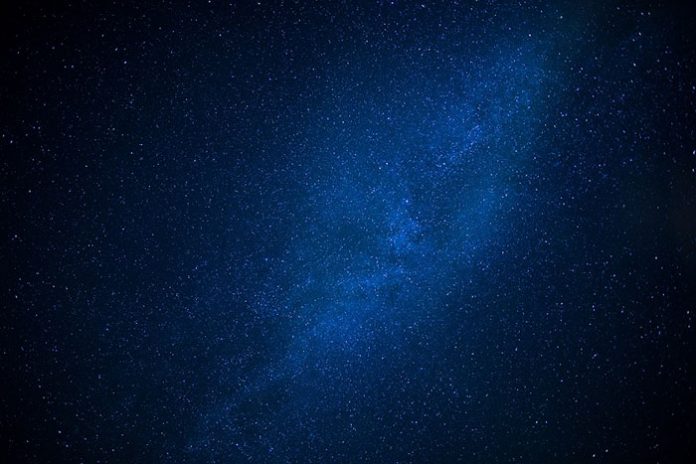Los astrónomos suelen escuchar desde las galaxias lejanas a través de radiaciones de alta energía como los rayos X. Es extremadamente raro recibir radiación UV de energía relativamente baja de galaxias antiguas como AUDs01. Estos fotones de baja energía suelen ser absorbidos en el camino o por la atmósfera terrestre. Hubble Espacio Telescope (HST) has been very helpful in avoiding effects of earth’s atmosphere but even HST could not detect signal from this galaxia probably due to noise.
Ahora, la imagen ultravioleta telescopios on Indian satellite AstroSat has detected extreme UV light for the first time from the galaxia AUDFs01 situated 9.3 billion light-years away from Earth which is remarkable1.
Hoy podemos ver el universo y ver estrellas y galaxias Se formó hace miles de millones de años porque el medio intergaláctico es transparente a la luz. No fue así durante los primeros cientos de millones de años después del Big Bang. El período llamado Edad Oscura Cósmica por los astrónomos fue el momento en que el medio intergaláctico se llenó del gas neutro que absorbió fotones de alta energía y formó la universo opaque to light waves. It was the period starting from the time when cosmic microwave background radiation emitted up to the time when first estrellas y galaxia fueron formados. El universo then entered into what is called the Epoch of Reionization, when the dark matter started to collapse due to its own gravity and eventually started forming the estrellas and the galaxies.
Los cosmólogos se refieren al corrimiento al rojo z para designar una época cósmica. El tiempo actual se denota por z=0 y cuanto mayor sea el valor de z, más cerca del Big Bang. Por ejemplo, z=9 denota un momento en el que universo was 500 million-year-old and z=19 when it was only 200 million-year-old, near Dark Age. At higher z values (z ≥ 10) it becomes extremely difficult to detect any object (star or galaxia) due to sharp decline in inter galactic medium transmission. Scientists have been able to observe quasars and the galaxies up to z approximately equal to 6.5. Theories suggest that the estrellas and the galaxies could have been formed much earlier at say higher z values and with advancement in technology we should be able to detect fainter objects at higher z values also [2]. However, most of the detection of galaxies are limited to approximately z=3.5 and are detected in the X-rays range. It is extremely difficult to detect the stars and galaxies in the extreme ultraviolet as it is heavily absorbed in the atmosphere.
Group of scientists led by Saha at Inter-University Centre for Astronomy and Astrophysics (IUCAA) were able to achieve this unique feat using Ultraviolet Imaging Telescope (UVIT) aboard the Indian satellite AstroSat . They observed the galaxia AUDFs01 located in the Hubble Extreme Deep field using extreme-UV light from the galaxia. It could be possible because the background noise in the UVIT detector was much less than the ones on HST. The discovery is important as it opens up a new domain for detection of far off galaxies in the EUV range.
***
Referencias:
- Saha, K., Tandon, S.N., Simmonds, C., Verhamme, A., Paswan A., et al. 2020. AstroSat detection of Lyman continuum emission from a z = 1.42 galaxia. Nat Astron (2020). DOI: https://doi.org/10.1038/s41550-020-1173-5
- Miralda-Escudé, J., 2003. La edad oscura del universo. Ciencia:, 300(5627), páginas 1904-1909. DOI: https://doi.org/10.1126/science.1085325






































